
【BOOK LOVERS专享134元】Omoo: A Narrative of Adventures in the South Seas 奥姆 Herman Melville 赫尔曼·梅尔维尔 The Northwestern-Newberry Edition 版本权威 英语英文原版 英语进阶权威版
全新正版 全店一次两本即享优惠 找书报价可联系店主
¥ 139 全新
仅1件
作者Herman Melville 赫尔曼·梅尔维尔
出版社Northwestern University Press
出版时间1999-11
装帧平装
页数316页
上书时间2024-11-24
- 在售商品 暂无
- 平均发货时间 5天
- 好评率 暂无
- 店主推荐
- 最新上架
商品详情
- 品相描述:全新
-
未标【现货】的都是海外发货,请不要中途取消订单
以竞争力价格提供英法德日西意俄语种原版书籍,百余万各语种新书及精美绝版旧书持续上架,未上架可联系报价、订购。
海外发货书籍 2-3月左右到国内,大部分英语书较快,两个月内基本能到货。其他语种到货周期不稳定,快的两个月内,慢的三个多月甚至更长,对时间有严格要求的书友请慎重。
以下两个极小概率请书友注意,别因此耽误您的使用,更别伤了和气:
1、全新正版,非海淘旧书,虽每本书都是空运回国尽量保证品相完美,但有极小概率运输所致小瑕疵。因为国外换货经济和时间成本高,所以如遇小瑕疵,每本补偿5或10元(视单本价格而定),严重瑕疵可以退换货。具体到七星文库,函套有极小概率有小瑕疵,但书本身能保证完好。如函套有瑕疵,每本补偿10元。
2、出版社库存不断变化,有极小概率采购不到,而且可能等了很长时间才得到反馈。法语书可以很快核实是否有库存。
- 商品描述
-
Melville's second book, Omoo, begins where his first book, Typee, left off. As the author said, "It embraces adventures in the South Seas (of a totally different character from 'Typee') and includes an eventful cruise in an English Colonial Whaleman (a Sydney Ship) and a comical residence on the island of Tahiti." The popular success of his first novel encouraged Melville to write a sequel, hoping it would be "a fitting successor." Typee describes Polynesian life in its "primitive" state, while Omoo represents it as affected by non-native influences.
Whitman praised its "good-natured style." But many reviewers doubted Melville's veracity, and some objected to his "raciness" and "indecencies." Some also denounced his criticism of missionary endeavors, for his attacks on missionaries were more polemical than those undertaken in the earlier book. Omoo, however, influenced later visitors to Tahiti such as Pierre Loti, Henry Adams, John La Farge, and Jack London; it was the book that sent Robert Louis Stevenson to the South Seas.
相关推荐
-
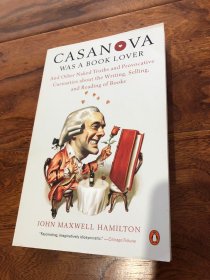
Casanova was a Book Lover
九品天津
¥ 100.00
-
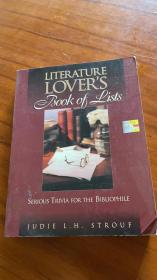
literature lover's book of lists
八品珠海
¥ 350.00
-

The Book-Lover's Enchiridion
九五品亚洲
¥ 675.00
-

Sex Lover's Book of Lists
九品天津
¥ 150.00
-
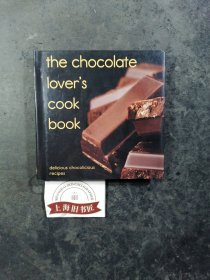
the chocolate lover's cook book(精装)
八五品上海
¥ 80.80
-

THE BASTA--LOVER\\\\\\\'S DIET BOOK
九品天津
¥ 10.00
-

THE BASTA--LOVER\'S DIET BOOK
九品北京
¥ 15.00
-
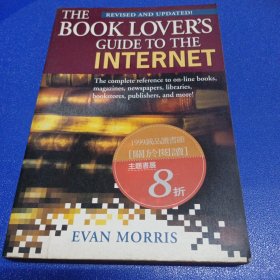
THE BOOK LOVER'S GUIDE TO THE INTERNET
八五品南京
¥ 30.00
-
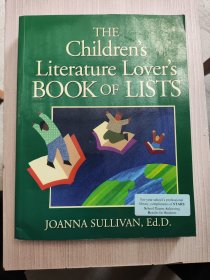
The Children's Literature Lover's Book of Lists
九五品保定
¥ 100.00
-
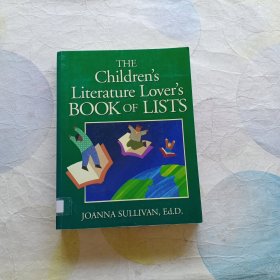
The Children's Literature Lover's Book of Lists
九品信阳
¥ 88.00
— 没有更多了 —


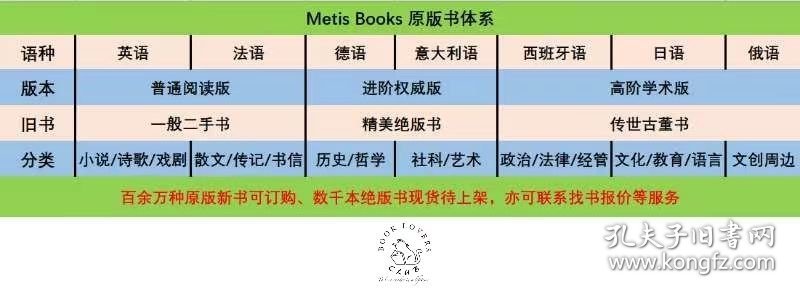

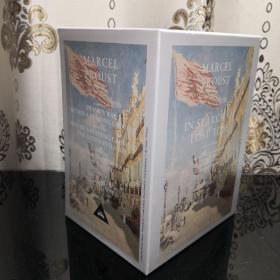








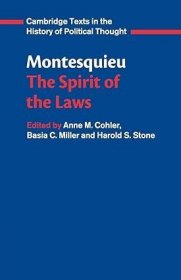


以下为对购买帮助不大的评价